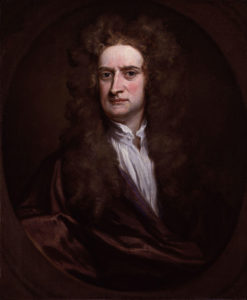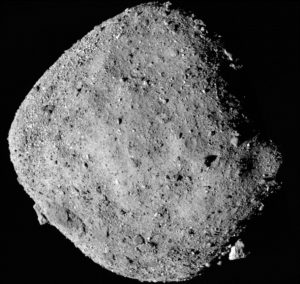Gravity… in space
On your way to Mars to study its gravitational forces, you notice that a strange sensor has been lit on the control room dashboard and the alarm has been set off. A doorway has been compromised by aliens who were trying to enter the spaceship. Before you realize, the aliens are pirating the spaceship leading it on the same path as a comet which is about to cross your path and cause the biggest explosion ever recorded, destroying the Milky Way. The aerospace engineers who constructed the spaceship methodically hid a number of puzzles and riddles around the spacecraft for a case of emergency such as this. The puzzles, once solved, reveal a top-secret code, which will enable you to retain control of the spaceship through your phone and instantly release a lethal substance that kills all alien forms of life within the spaceship. To get this code, one must be perfectly equipped to understand Newtonian physics and be familiar with the notions of gravity. Can you make it on time? The comet will cross your path in 50 minutes.
Isaac Newton
Sir Isaac Newton was an English mathematician, physicist, astronomer, theologian and author. His infamous scientific discoveries make him of the most influential scientists of all time.
Isaac Newton was in 1643 in England. When he attended Trinity College in Cambridge University in 1661, where he discovered the generalized binomial theorem and began to develop a mathematical theory that later became known as calculus. He also discovered Newton’s identities, Newton’s method, classified cubic plane curves, made substantial contributions to the theory of finite differences, and was the first to use fractional indices and to employ coordinate geometry to derive solutions to Diophantine equations. Later on, he worked on mechanics, publishing the three universal laws of motion in 1687, laying the foundation for classical mechanics. These contributed to many advances during the Industrial Revolution and were not improved for more than 200 years. He also recognized the deviation of the Sun from the center of gravity of the Solar System. Additionally, Newton found 72 out of 78 species of cubic curves and categorized them into 4 types. He also built the first practical reflecting telescope and he used his description of gravity to derive Kepler’s laws of planetary motion, account for tides, the trajectories of comets and the precession of the equinoxes.




